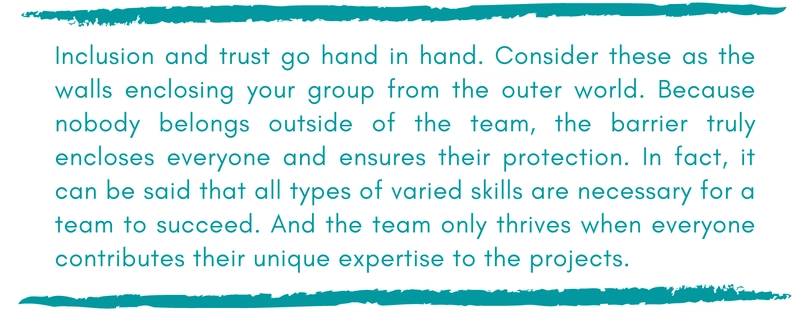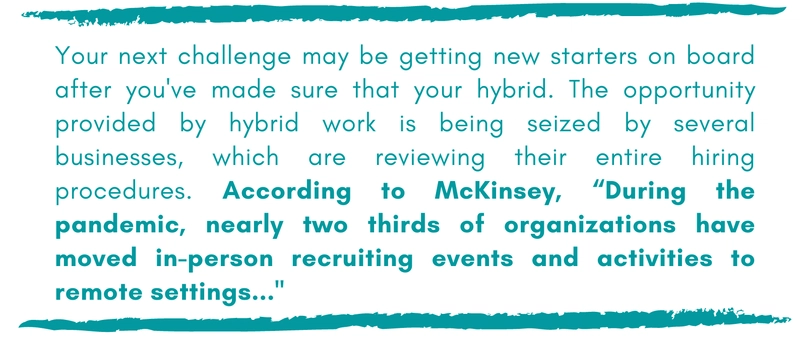2. Nurturing inclusiveness
As a manager, gaining the most from these abilities, encounters, and neurodiversity can make your team stronger and more successful in the setting of a demanding workplace. Most people were forced to leave their offices during the start of the COVID-19 pandemic; we were actually turned away from our normal workplaces. And for a while, it could be said that all of us shared a similar situation. Then we realized that we needed to create procedures and systems that would include individuals in their real working environments, whether that was with the presence of families in the background or in kitchens with offices set up.
There is a possibility that the pandemic has made teams more inclusive as a result of the increased frequency with which they discuss the importance of inclusion. So how can we continue to work in inclusive teams? How can these new approaches to achieving greater inclusivity assist you more than before?
In order to promote inclusion, we can try these three approaches.
3. Onboard new starters
It appears that the time for global talent has arrived. LinkedIn reports that 81% of talent professionals think virtual hiring will continue after the pandemic, and 70% think it will become the new norm.
When you've identified the ideal candidate for a position, integrating new hires into your culture of trust and inclusion entails assisting them in doing so. They will be able to provide their entire selves to the organization if they do this.











Top comments (4)
In my experience, one important point in hybrid working is defining a new model for the workplace.
Very useful
That's perfect and thanks
A successful hybrid workplace starts with established procedures and the required equipment that allow staff members to switch between in-office and remote work.